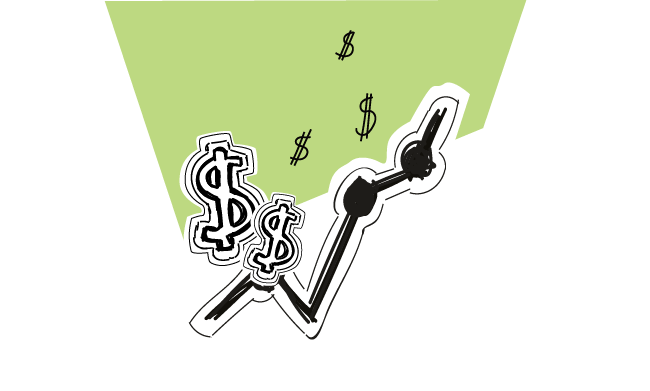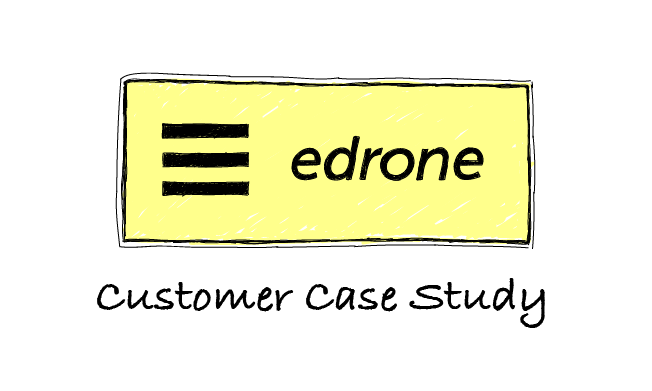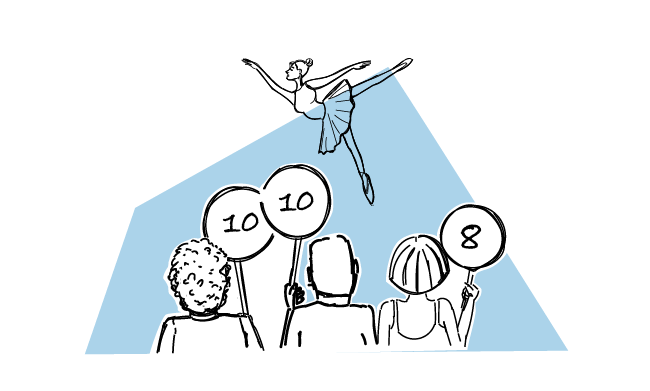How many times have you come across an interesting product while googling a solution to your problem? You considered buying but had some objections and boom – you read a testimonial from a business like yours that resolved your doubts. You decided to make the purchase…
How to replicate that for your business? I’m gonna show you now.
What are testimonials & why are they important?
In short, testimonials are recommendations from your satisfied customers affirming the value of your product or the quality of your service. But they mean more than that.
Testimonials build trust for your company. They are proof that your product or service really solved someone’s problem or improved their work. They also trigger the bandwagon effect: “if this product helped others, it will help me too”.
Moreover, people trust testimonials because they are genuine, first-hand opinions and marketing copy can sometimes sound like a mumbo jumbo. Companies similar in terms of size, business model or industry often share common doubts. Testimonials from your prospects’ business peers help in overcoming possible objections.
Testimonials can be real game-changers when it comes to creating a positive image of your company, and as a consequence, they increase conversion, increasing conversion. Most online businesses thrive with the right testimonials. But mind you: collecting testimonials is not a one-time event. It should be an ongoing process.
I’m going to show you how to collect testimonials regularly.
Why should you collect testimonials regularly?
Recently, it has dawned on us that we’re good at collecting feedback, but we’ve never tried to turn it into oh-so-craved testimonials. And as I argued in the previous point – testimonials are real gold nuggets. With improvements on our website, we’ve decided its high time we start collecting testimonials regularly.
Quite often companies collect testimonials only at the very beginning when they want to quickly grow their customer base. Later on, sometimes for years, nobody bothers with getting new testimonials that would concern new product features or services. Also, your customer base grows. New valuable clients get onboard. Don’t forget to update your testimonial page with their stories.
Let’s take this challenge with us. Make collecting testimonials a habit in your company. For example, you can do it annually, before the end of the year, so it will become an integral part of your year-end sum-up. But any time is just as good.
How to get customer testimonials?
There are three golden rules worth following when collecting testimonials:
- Keep a personal touch in your request
- Maintain direct communication
- Contact the right people
Let me show you how to apply all the above rules using one method. First, let’s see how to identify “the right” people. Then, I’ll show you how to create a scalable, yet personal and direct communication channel for collecting testimonials.
Which customers to reach out to?
You should start by preparing a list of customers you want to ask for a testimonial. How to select them? Usually, those who are most engaged with your brand are most likely to share their testimonial, because they care about your company. They want to see it grow and develop new features which can’t be possible without attracting new customers.
Given the above, your choice criteria may include the customer lifetime with your company or their activity on your social media profiles. Browse your CRM and extract the contact data of the customers who are with you the longest or reach out to those who share your social media posts and comment most often.
If your company targets various industries or niches, try to get testimonials from customers who represent each of them. Leads who visit your website will be able to relate to the needs or problems described by their peers. The social proof will increase their trust for your solution.
Who to contact?
You’ve identified the customers that will probably be willing to share their testimonial, but who should be the contact person to send your email to?
Ideally, the same person who was in contact with your company so far. Scan the history of your conversations with the chosen customers to identify those individuals. Then, import their contact data from your CRM to Woodpecker and create a new campaign. Here you will find how to do it.
How to ask for a testimonial in an email?
Now that you have selected the right customers to reach out to, it’s time to come up with an email copy. I advise you to be transparent and straightforward with your request. Don’t go for misleading or clickbaity subject lines. Mind you, if you contact customers who truly care about your company, they will be willing to help you without any tricks.
Don’t start your email with a request, though. First, appreciate your mutual relationship. After all, if it wasn’t for customers like them, your company wouldn’t grow. Use snippets to add some personal touch: thank them for being with you for a long time or congratulate on their recent business achievements.
Read this post to learn how to customize your email with snippets:
What Mail Merge Custom Fields Can I Use for Clever Outreach? >>
Then, ask what’s been their experience with your product or service so far and how it has impacted their business. You can ask more specific questions to put them on the right track. Also, don’t forget to explain that you’d like to use their testimonial on your website and ask if they agree.
Now it’s your turn
If you haven’t collected any customer testimonials yet, now it’s the time for you to do it. Identify your most satisfied clients and ask them to give you their thoughts on your product. Highlight their opinions on your website to convert more prospects into customers and promote your product in the best possible way – by sharing positive customer experience.
READ ALSO

How can email interviews help you build a SaaS business? (part 1)
Wait, isn’t it that you first send a cold email to set up an interview on the phone..? Well, most probably yes, especially when you have a complete service or product that you want to sell. We didn’t have that then.

How Email Automation Can Help You Scale PR in Your SaaS Startup?
A company at an early development stage needs publicity to become recognizable in its business niche. However, hiring a PR agency while on a bootstrapped budget may be a challenge for a SaaS startup. If you can relate to that, learn how you can scale your PR efforts in a more startup-friendly way.

Customer Case Study: How edrone.me Builds Relations with Future Customers Using Cold Email
It's a dream for a SaaS team when they hear that a customer of theirs is satisfied with the service and wants to share their experience as a case study. That's what happened to us when Michal Blak, the Co-founder and CEO of edrone.me told us that he's open to tell the story of his team's experiences with Woodpecker. Michal Konieczny, who takes care of business development at edrone, added his two cents and here we are. Check how the e-commerce CRM uses Woodpecker to start conversations with their ideal customers.

